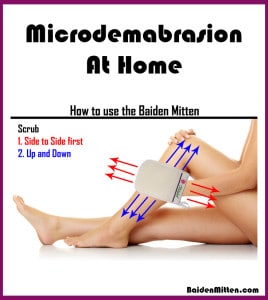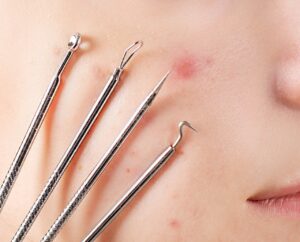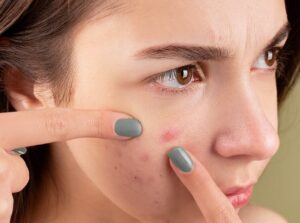Table of Contents

Are keratosis pilaris itchy?
If you’re experiencing itchy bumps resembling those of a rash, you could possibly have a mild case of keratosis pilari. Keratosis pilaris (KP) is not dangerous, but it can be quite uncomfortable. KP is caused by an increase in oil production within hair follicles. These bumps can occur anywhere on the body, including the face, neck, arms, legs, and back. They typically begin appearing during puberty and continue throughout adulthood.
Symptoms of Keratotic Pilaris (KP) include a rash or an uneven pattern of rashes consisting small, raised, reddish spots. These spots may occur anywhere on the body, especially where the skin folds. They often itch and can cause irritation. Treatment is not needed unless the condition gets worse.
Keratosis Pilaris (KP) is caused by an accumulation in the upper layers of the skin of abnormal cells called keratinocytes. These cells grow together to form small bumps that appear similar to hard lump of dirt. As these bumps continue to grow they become larger and larger until they resemble a cauliflowers head.
Can Keratosis Pilaris Inhibit hair growth?
Keratosis pilari causes an occlusion at the base of the follicles which prevents them from growing outwards. If there is significant inflammation, the follicular stem cells may be damaged and the follicular shaft may fail to develop properly.
Is keratosis pilaris hereditary?
Inherited by both parents, autosomal dominant inheritance occurs when one copy of a gene for a trait is passed down to offspring. With two copies of the gene (one from each of the parents), there is a 50 percent chance that any given child will express the trait. If one copy of the gene is missing, then no trait is expressed.

How is keratosis pilaris diagnosed?
A clinical diagnosis of keratosis pilaris usually involves evaluation of the lesions by a dermatologist.
Dermatoscopy: shows abnormal changes of the skin. It can show scaling, redness, and inflammation.
Punch biopsies reveal epidermal hyperkeratinization, hypergranulosis (thickening), plugged hairs, and mild superficial peri-vascular lymphocy
 SHIPPING WORLDWIDE
SHIPPING WORLDWIDE







